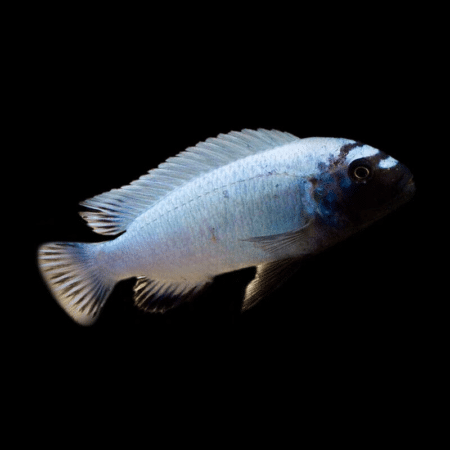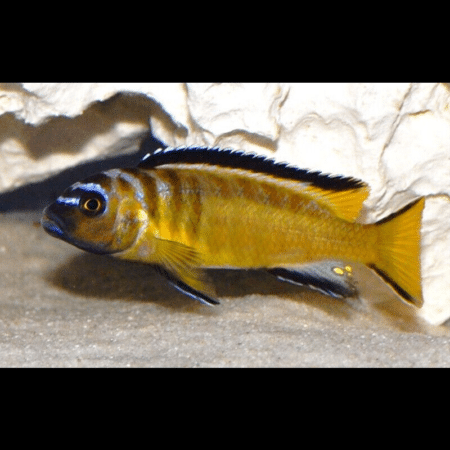-
×

-
×

-
×

-
×

-
×

-
×

-
×

Subtotal: £116.13











Emily Carter (verified owner) –
I’ve been an aquarium enthusiast for over five years, and I can’t express how thrilled I am with my Yellow-Tail Acei Cichlid! I introduced him to my 55-gallon Lake Malawi setup about two months ago, and he’s quickly become the star of the tank. His vibrant yellow and electric blue colors are simply stunning. Not only is he beautiful, but his active and playful nature brings the whole aquarium to life.
I appreciate how resilient and adaptable these fish are, especially compared to some other cichlids I’ve owned in the past that were more sensitive to water conditions. After ensuring my pH levels were just right, he settled in almost immediately and started exploring every nook and cranny.
One minor concern I had was his initial aggression towards other fish, but with careful monitoring and a few hiding spots, he has calmed down significantly and coexists beautifully with my other tropical fish.
I wholeheartedly recommend the Yellow-Tail Acei for fellow hobbyists who want a vibrant, lively addition to their aquarium. They truly thrive in a well-maintained environment, so be prepared for some aquarium maintenance to keep them happy! Overall, a fantastic purchase that’s brought me so much joy. Would definitely buy another!